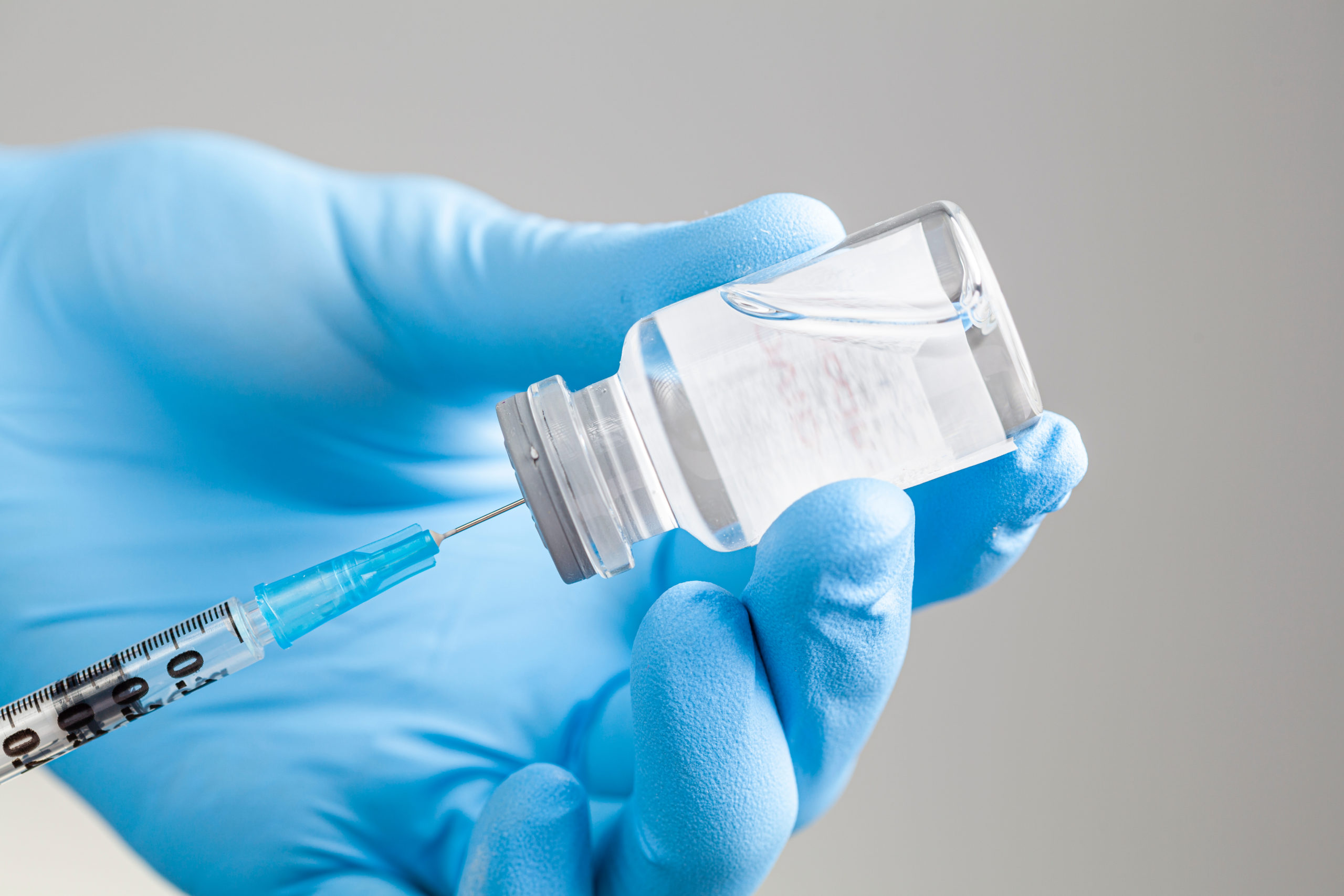
Recently, sublingual dexmedetomidine was approved by the FDA for the treatment of agitation associated with schizophrenia or bipolar I or II disorder after it significantly reduced episodes compared with placebo in the pivotal SERENITY I and SERENITY II trials. The research team, led by Leslie Citrome, aimed to provide the number needed to treat, number needed to harm, and likelihood to be helped or harmed metrics for sublingual dexmedetomidine to further inform treatment decisions in this patient population.
Based on data from the SERENITY trials, Citrome and colleagues reported sublingual dexmedetomidine had an overall favorable benefit-risk profile with consistent efficacy and reasonable tolerability. Their post-hoc analysis was published in Advances in Therapy.
Sublingual Dexmedetomidine Shows Promising Number Needed to Treat
Patients in the trials were aged 18-75 years and had acute agitation associated with schizophrenia or bipolar I or II disorder according to Diagnostic and Statistical Manual of Mental Disorders, Fifth Edition criteria.
Study interventions were sublingual dexmedetomidine 180 µg, sublingual dexmedetomidine 120 µg, or matching placebo film. The treatment response was defined as 40% reduction in total Positive and Negative Syndrome Scale-Excited Component (PEC) score.
The researchers calculated the number needed to treat, number needed to harm, and likelihood to be helped or harmed for sublingual dexmedetomidine versus placebo for successful response at 2 hours post-treatment.
In the schizophrenia trial, the number needed to treat with dexmedetomidine for PEC response was 3 (95% CI, 2-3) in the 180 µg group (n=125) and 3 (95% CI, 3-4) in the 120 µg group (n=129). Similarly, in the bipolar disorder trial, the number needed to treat was 3 (95% CI, 2-3) in the 180 µg group (n=126) and 4 (95% CI, 3-6) in the 120 µg group (n=126).
Notably, the number needed to harm compared with the placebo was >10 for all adverse events except somnolence, which had a number needed to harm of 7 (95% CI, 5-10) for all doses in both studies. Finally, the authors noted the likelihood to be helped or harmed ratio was >1 for all efficacy versus tolerability comparisons.
Overall, the investigators deemed sublingual dexmedetomidine had promising treatment effect metrics for PEC response in patients with agitation associated with schizophrenia or bipolar disorder with reasonable tolerability.
Related: Impact of Psychotropic Schizophrenia Treatments on Agitation







 © 2025 Mashup Media, LLC, a Formedics Property. All Rights Reserved.
© 2025 Mashup Media, LLC, a Formedics Property. All Rights Reserved.